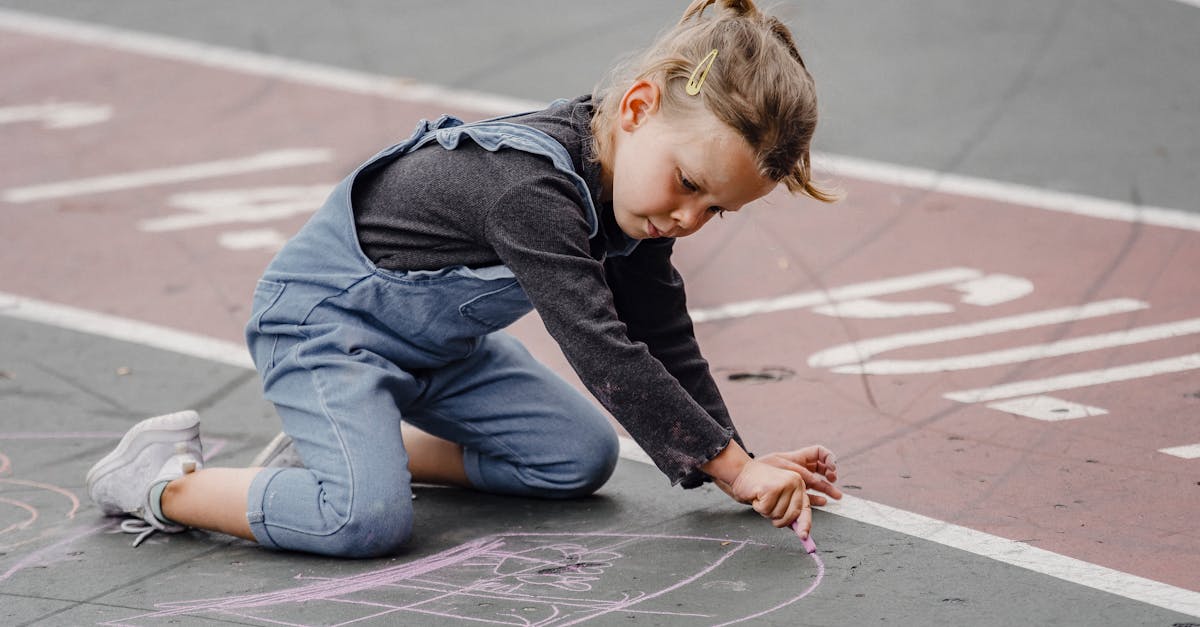Miracles Unveiled with Fun
Imagine telling preschoolers about Jesus turning water into wine or walking on water. It sounds mind-blowing, right? With their vivid imaginations, introducing miracles to preschoolers can be incredibly fun!
Use props like toy fishes, colored water, or even magic tricks to capture their curiosity. This hands-on approach helps in making abstract concepts more relatable. Remember, the goal is not to explain every detail but to spark a sense of wonder and faith.
Sharing these stories with excitement lets kids see Jesus as a friend who does incredible things. It’s like a biblical playdate, complete with laughter and amazement.
Don’t worry about perfection; your enthusiasm will be contagious.

Colorful Words for Tiny Hearts
Kids love colors and catchy phrases. Bring miracles to life with a splash of brightness. Crafting simple, vivid stories helps preschoolers understand without overwhelming them.
When talking about Jesus calming a storm, you might say, ‘Jesus said hush hush to the windy waves.’ This method turns complex events into bite-sized tales suitable for tiny hearts.
Always ensure that kids feel comfortable enough to ask questions. Transitioning with phrases like ‘And guess what happened next?’ piques their interest.
Humor works wonders—did Jesus make his disciples drink the water-turned-wine? Make them giggle while keeping it educational.

Crafting Stories into Life Lessons
Turning stories into lessons requires creativity. Use miracles as opportunities to teach values like kindness, sharing, and faith.
For example, when discussing the miracle of feeding the 5,000, celebrate the generosity of the boy who shared his lunch. Use this story to encourage preschoolers to share toys with friends.
Engaging Through Role-Play
Role-playing scenarios where children act as Jesus’ helpers can reinforce these values. Interaction is key, so occasional participation-based story sessions keep the excitement bubbling.
The Power of Imagination
As kids imagine performing miracles themselves, emphasize the importance of small acts of love.

In summary, incorporating storytelling with hands-on activities not only makes learning fun but also instills valuable life lessons in children.
Handling Questions with Grace
Children are naturally curious, and as the storyteller, you’re bound to face funny and usually profound questions. It’s crucial to acknowledge every question with patience. Use simple analogies and reassure them that it’s okay not to have all the answers right away.
If a child asks why miracles happen, you might say, ‘Miracles make us happy and remind us of Jesus’ love.’ Avoid becoming too serious; light-hearted answers maintain engagement.
Encourage them to ponder, ‘What would you ask Jesus if you met him?’ This approach fuels their intellectual curiosity and emotional connection with faith.

Keep the Magic Alive
Keeping the miracle story magic alive means revisiting them often. Encouraging kids to draw their interpretations of Jesus’ miracles ensures these lessons endure. Invite them to describe their illustrations, fostering creativity and deepening understanding.
Storybooks with vibrant illustrations can reinforce what they’ve learned at home. Ensure parents feel included by suggesting activities like ‘Miracle Theater Night,’ where families act out stories.
Closing with, ‘What would you do if you had a miracle power?’ sparks imagination and personal reflection, cementing these awe-inspiring tales in their daily thoughts.

